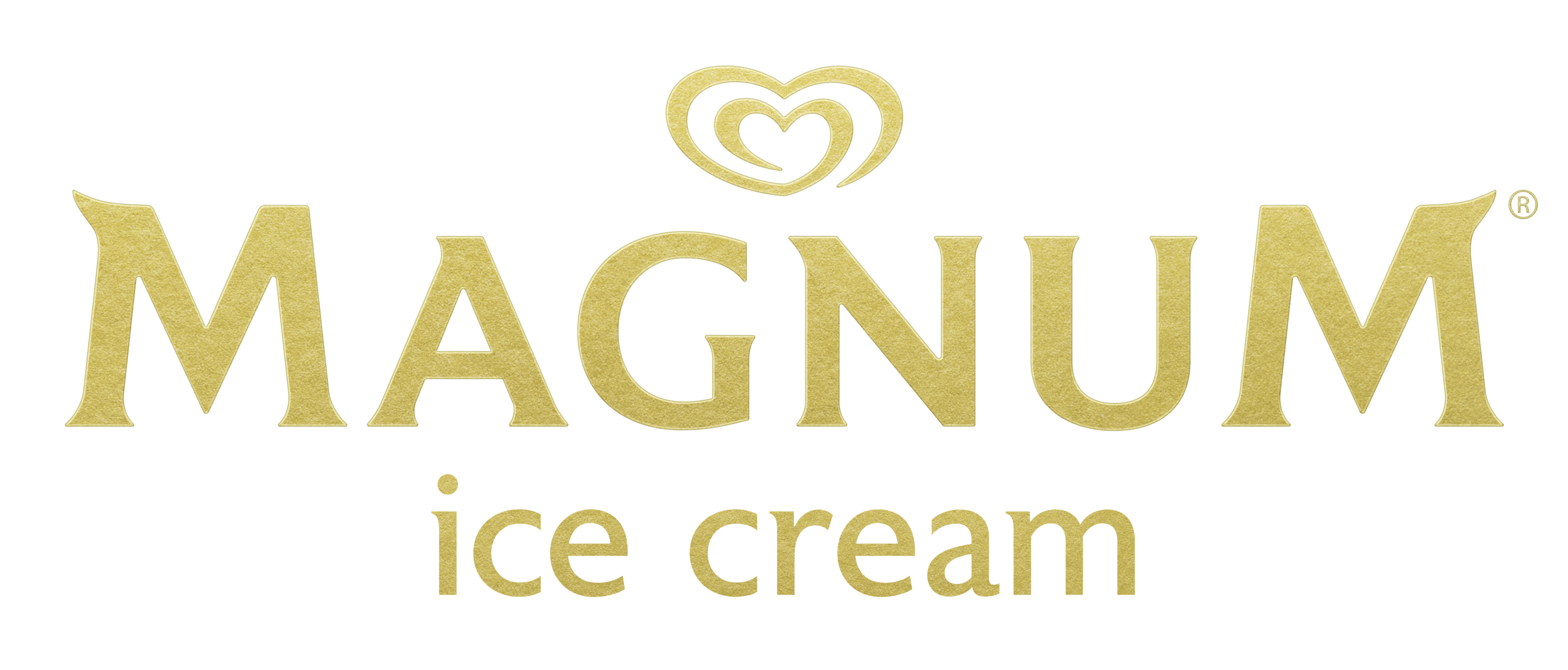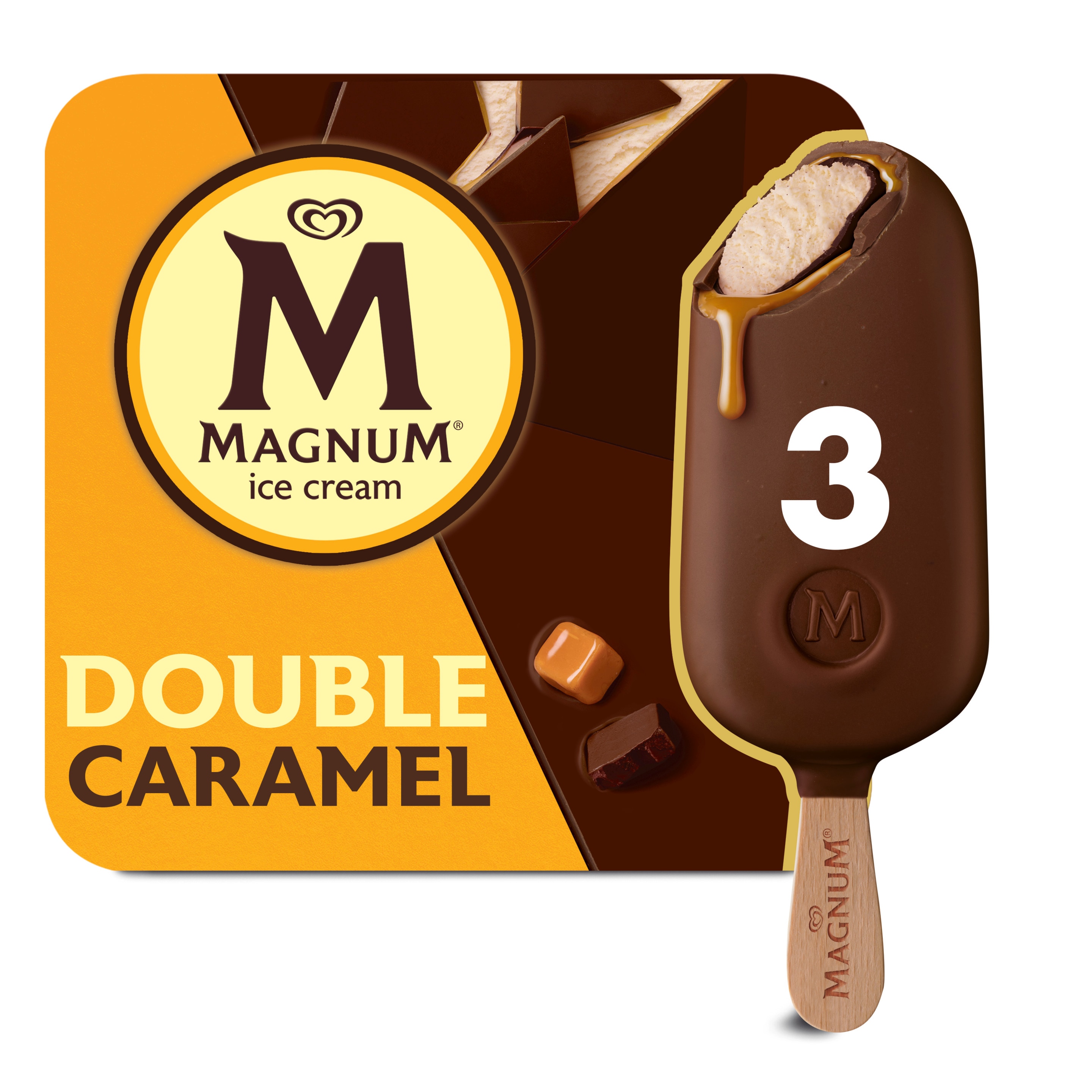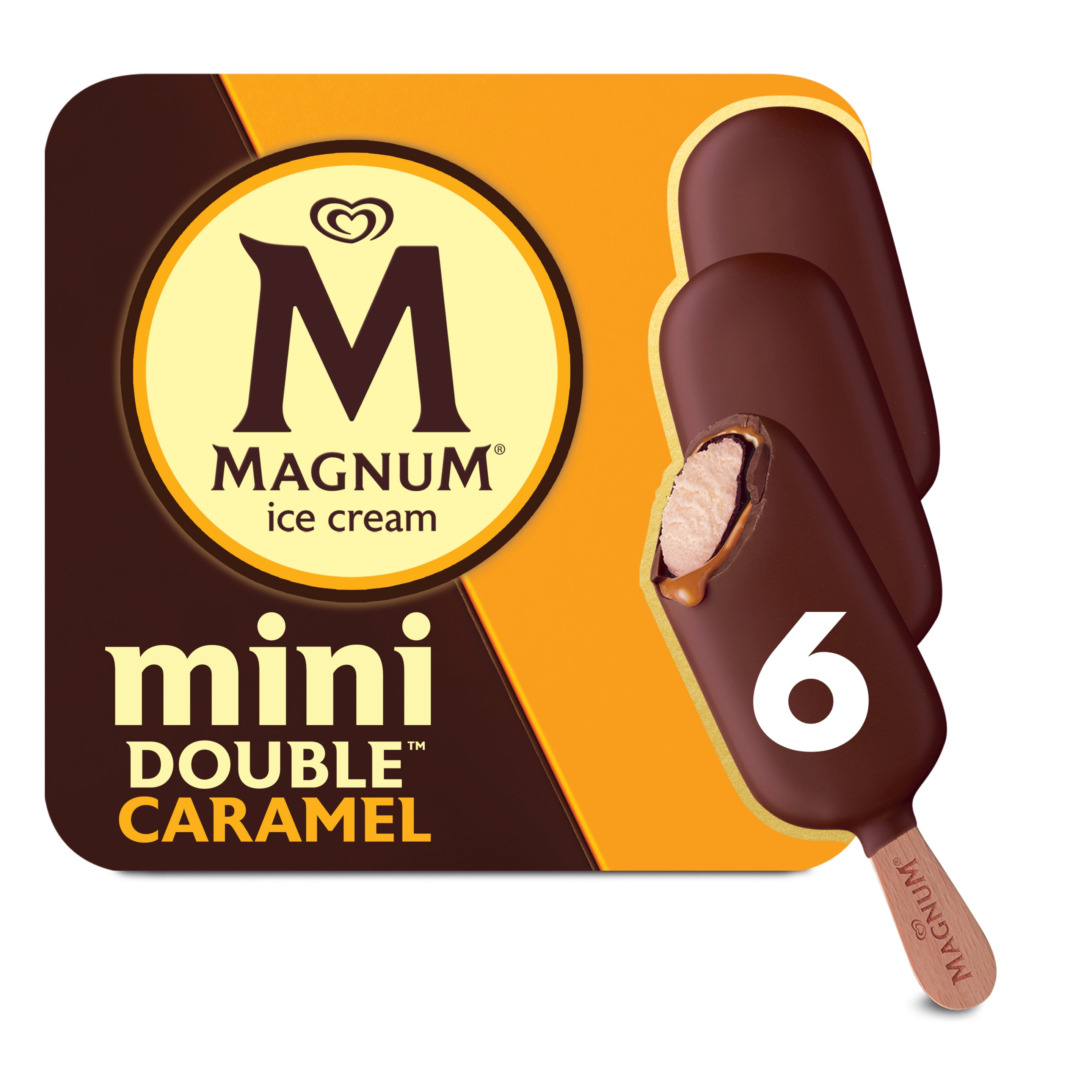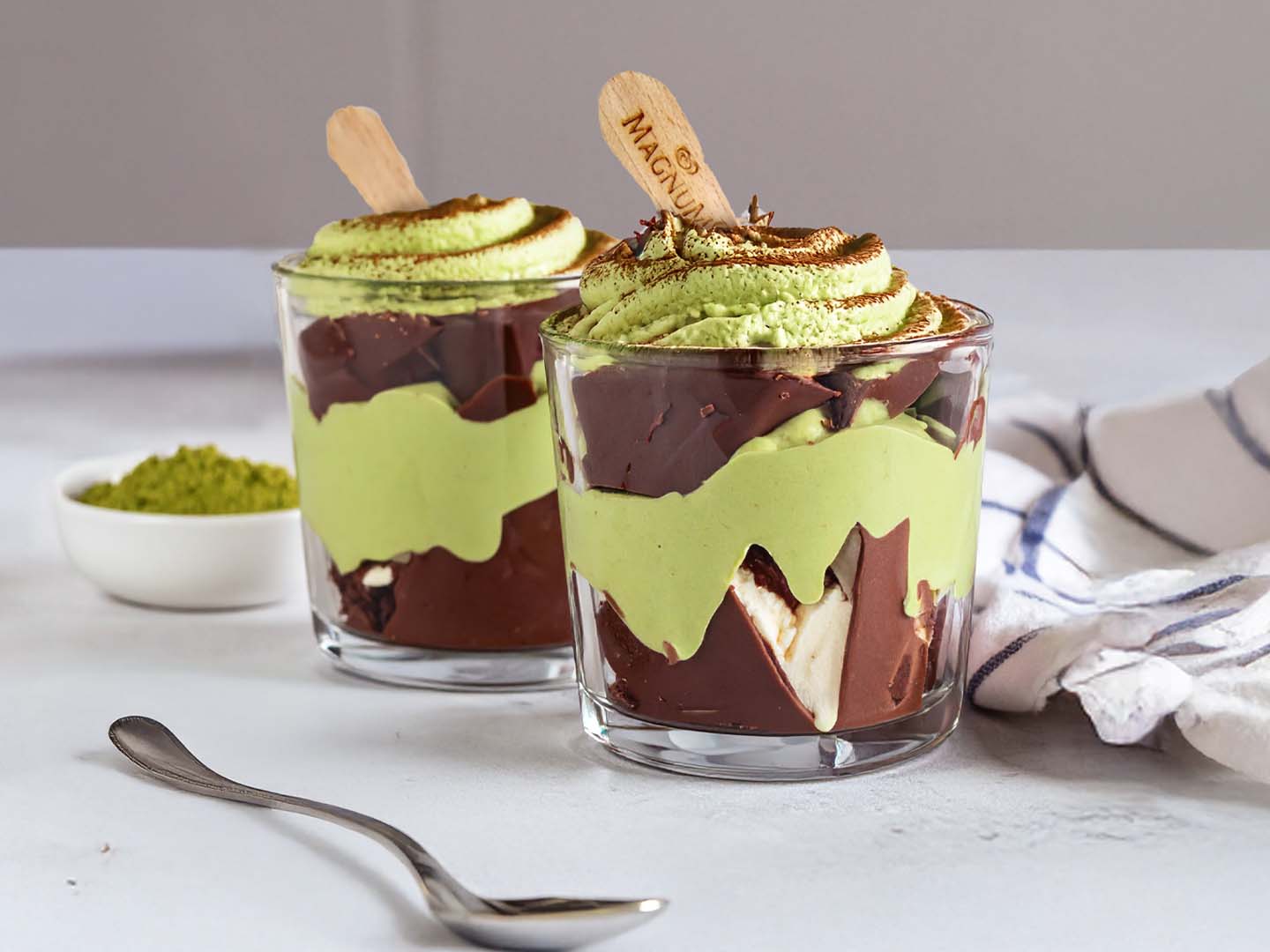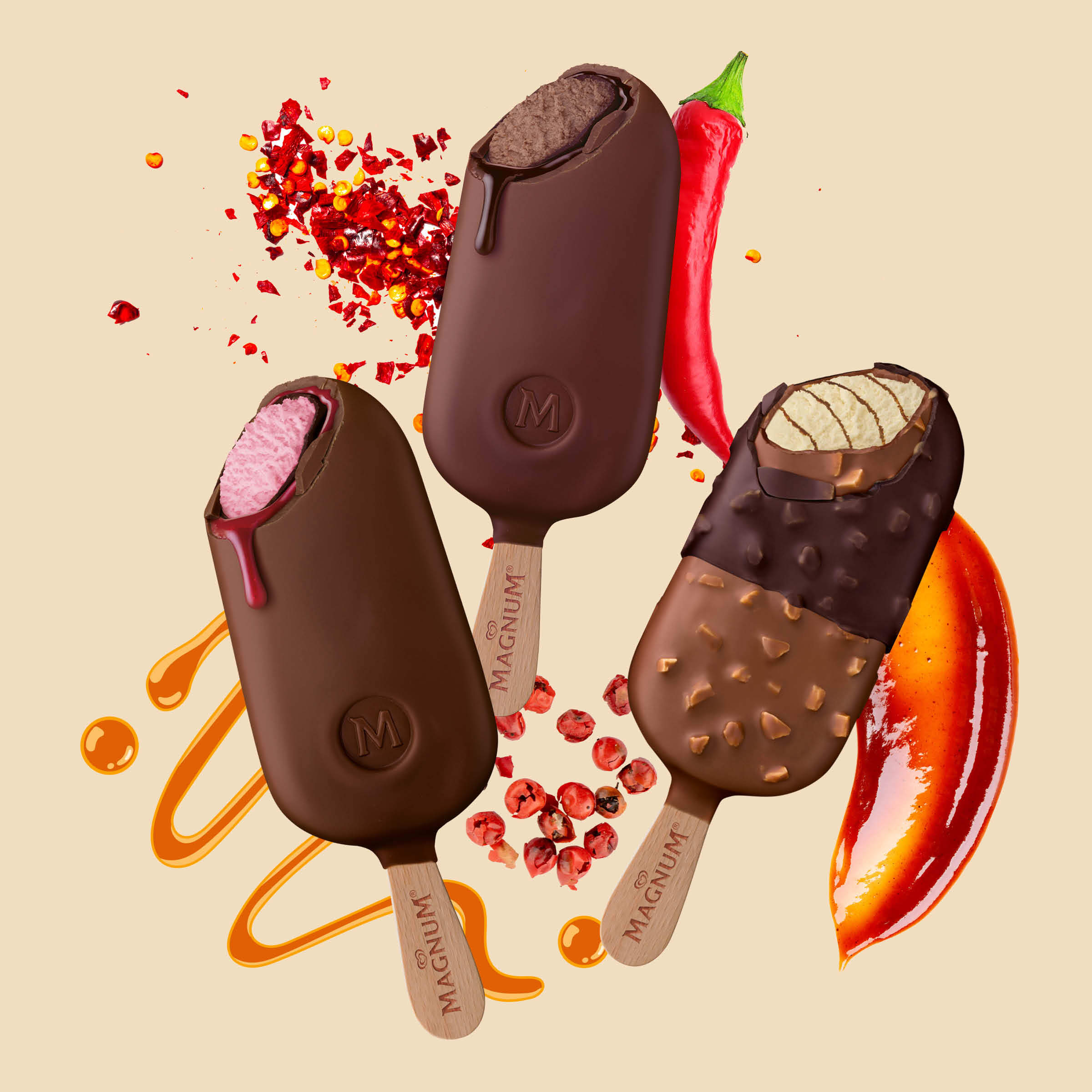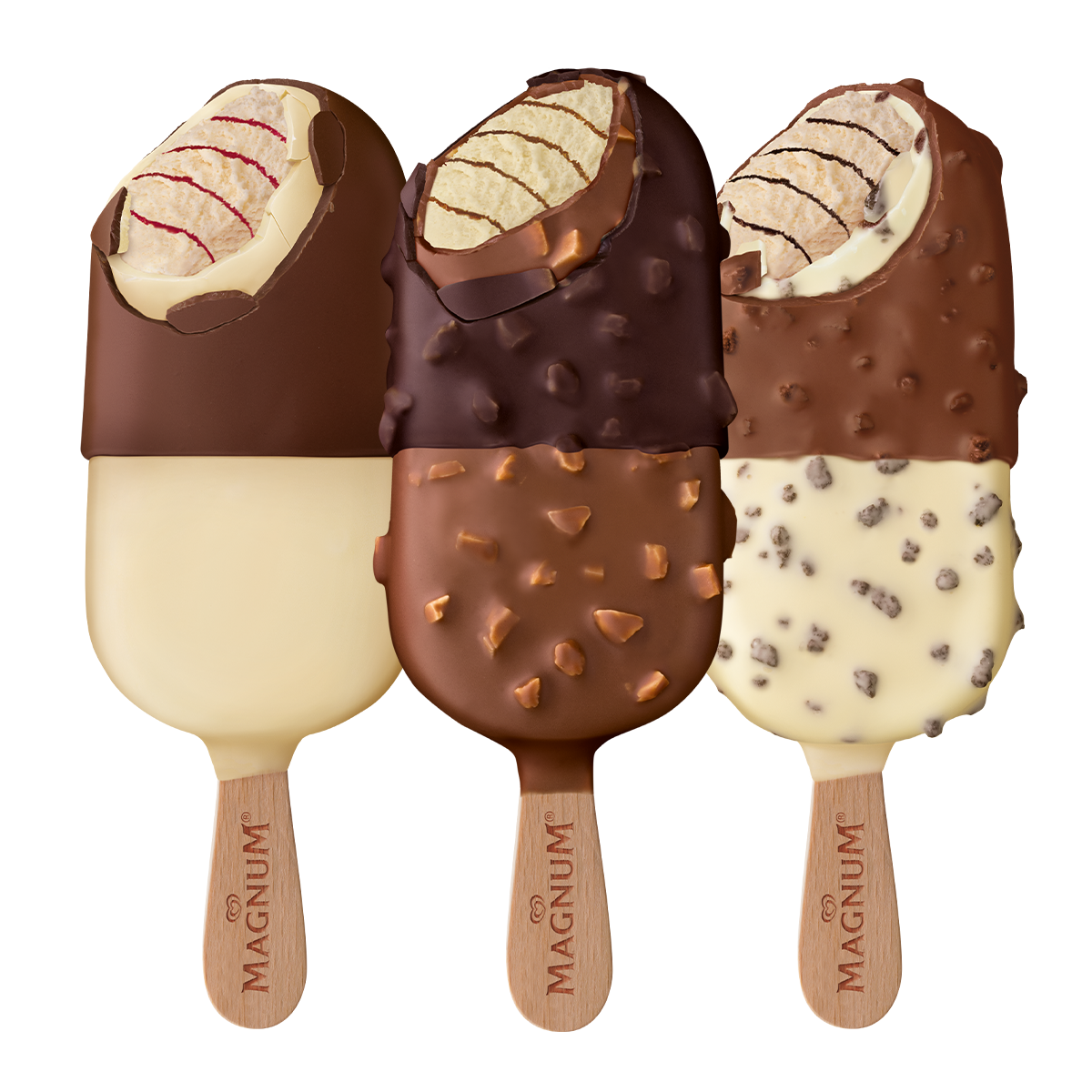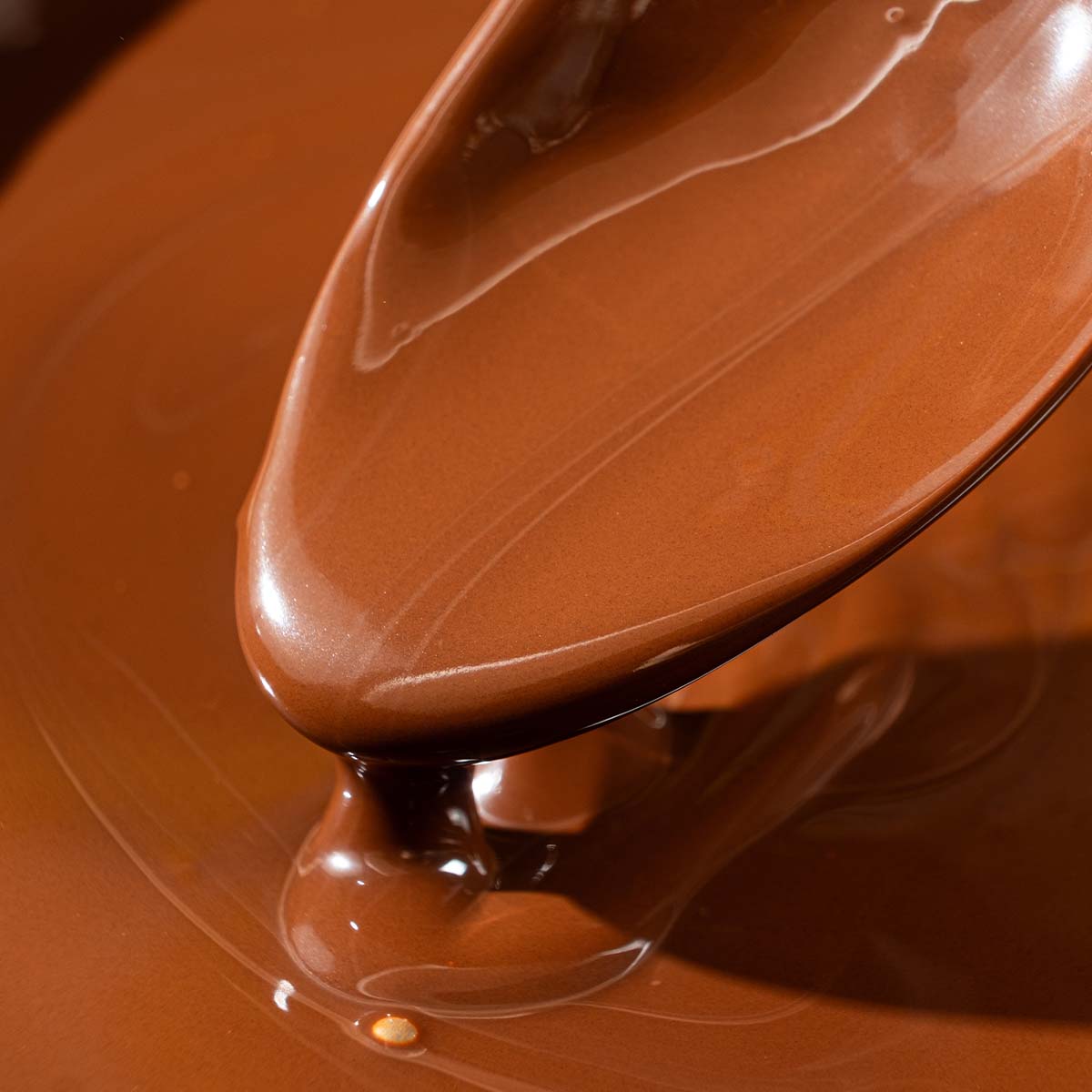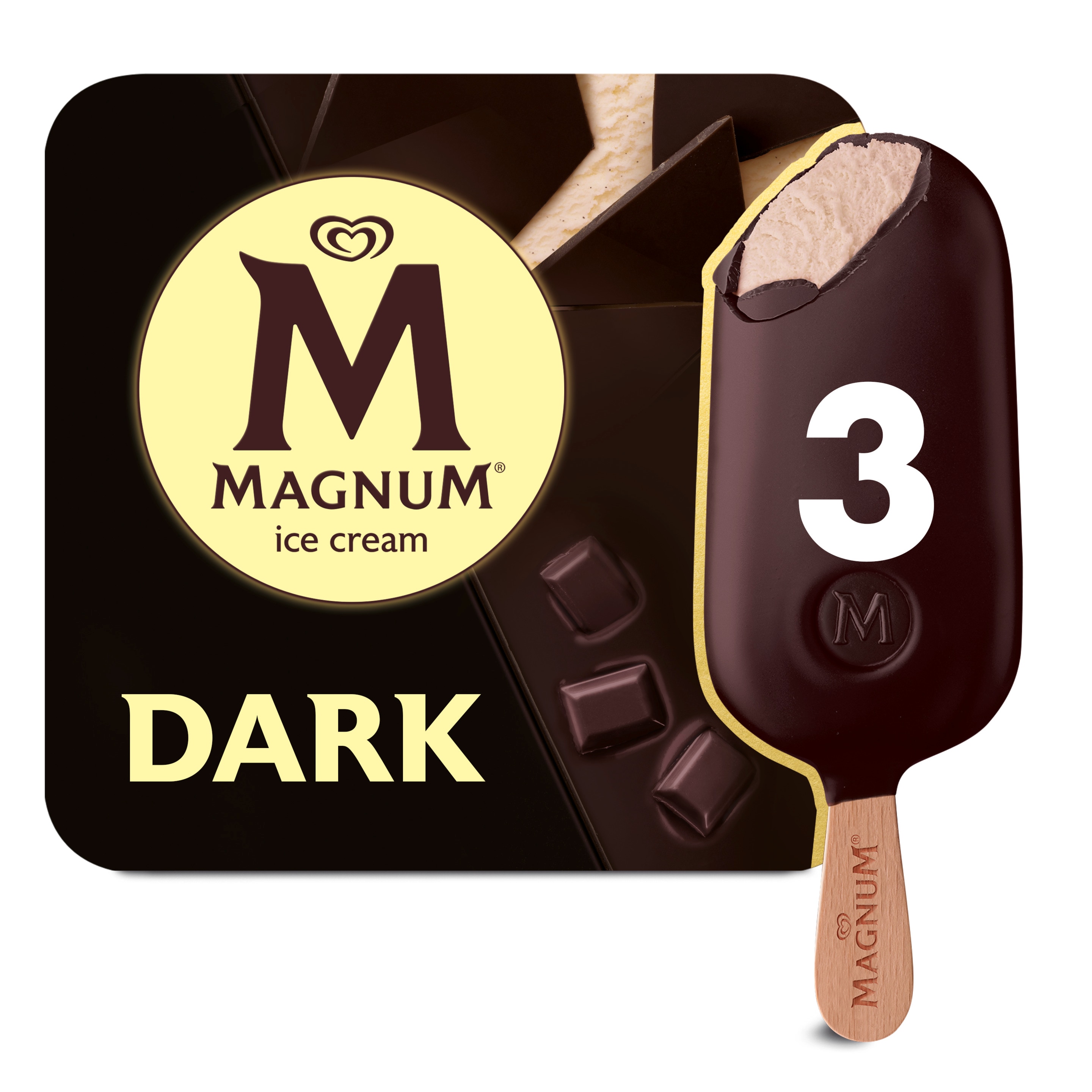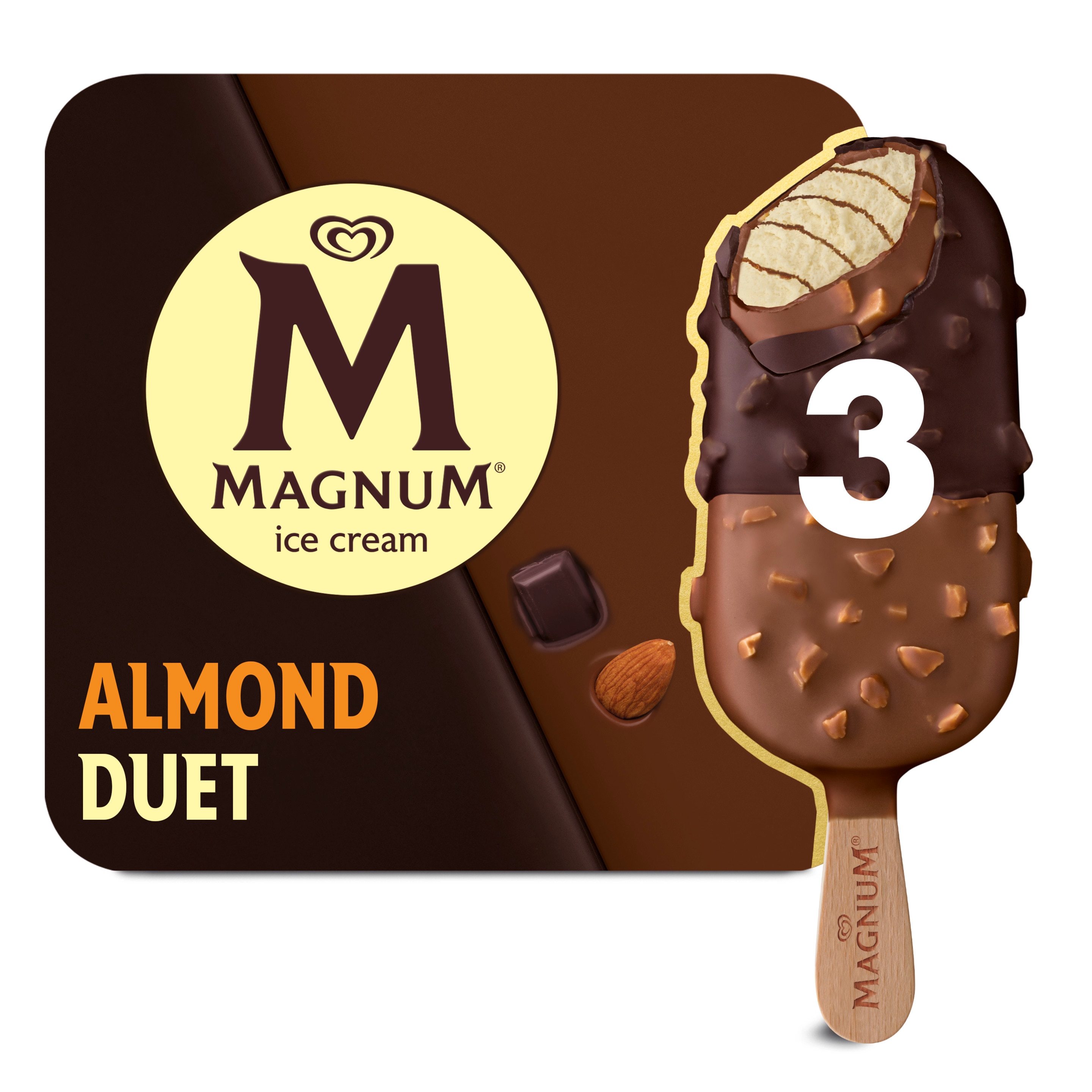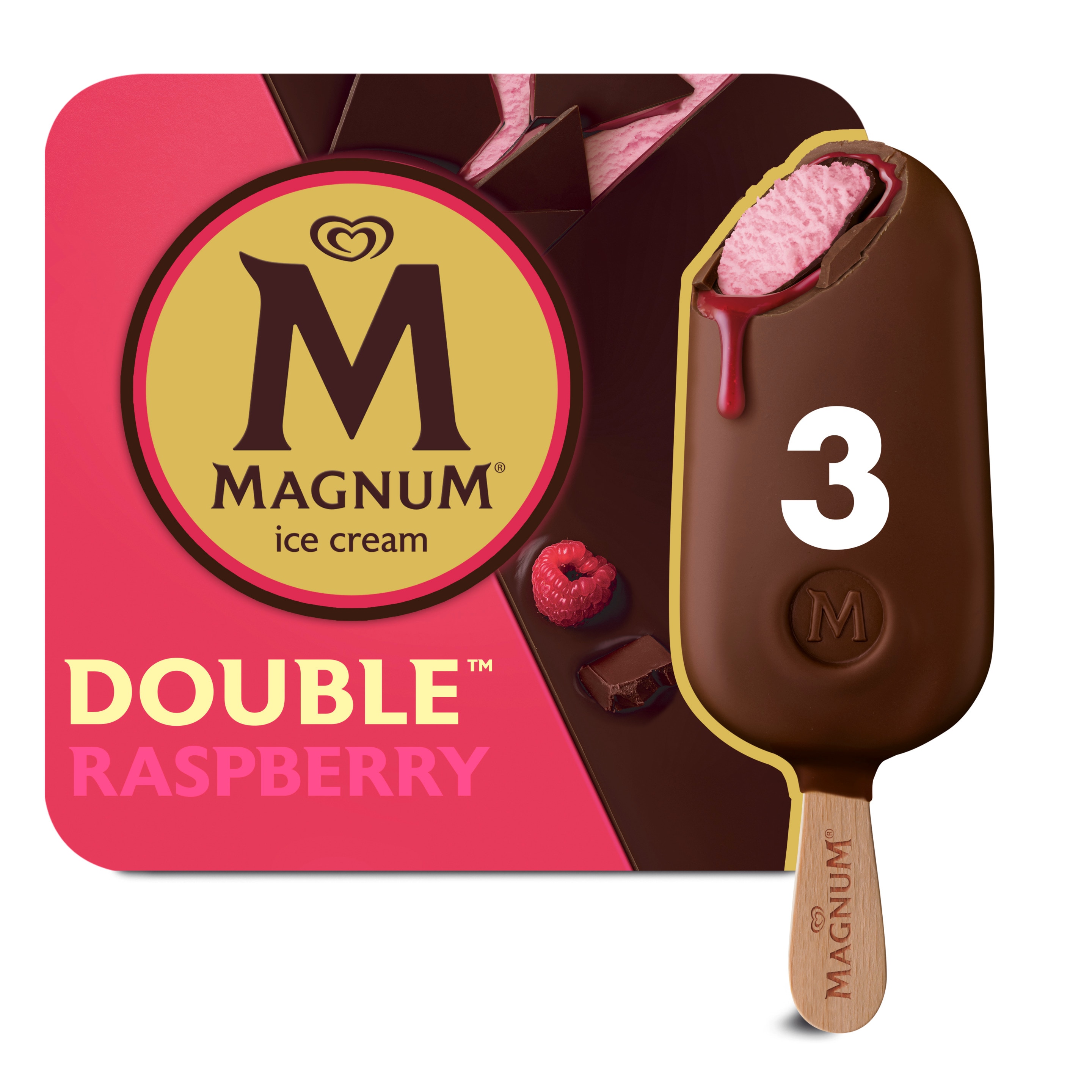Skip to:
Food
The Ultimate Sweet Face-Off: Caramel vs. Everything Else
Where would desserts be without caramel? With its golden hue and smooth, buttery flavor, caramel has rightfully earned its place as a beloved staple in sweet treats.
But despite its legendary status, many don’t know the full story behind caramel’s origins. Plus, it’s often mistaken for—and compared to—other sweet treats like butterscotch, toffee, and fudge. Spoiler alert: they’re not the same.
We’re here to clear things up and settle the debate once and for all: which classic confection reigns supreme? We’re putting caramel head-to-head with its sweet contemporaries in a face-off that proves why caramel isn’t just a favorite—it’s the favorite.
What Makes Caramel Unique?
The magic of caramel lies in its creation: sugar slowly heated to a deep, golden amber, then blended with butter and cream to form a velvety texture that's undeniably indulgent. The flavor? Lusciously sweet, with a hint of smoky depth that makes each bite feel like a luxurious experience.
Caramel's versatility is unmatched—it elevates everything from simple desserts to gourmet delights, as you'll taste in Magnum Double Caramel Ice Cream. Its ability to pair seamlessly with other flavors, especially chocolate, cements its place as the ultimate indulgence.
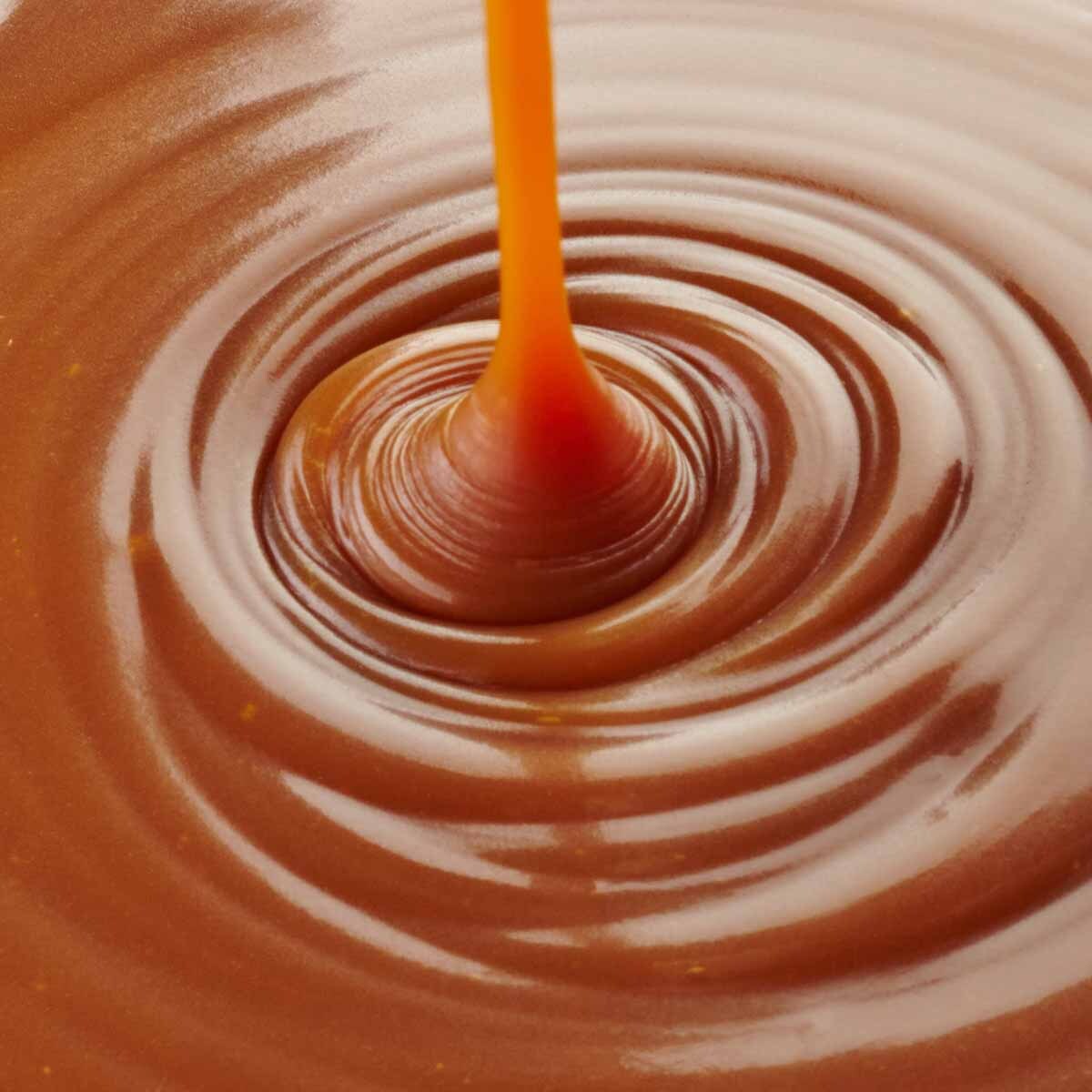
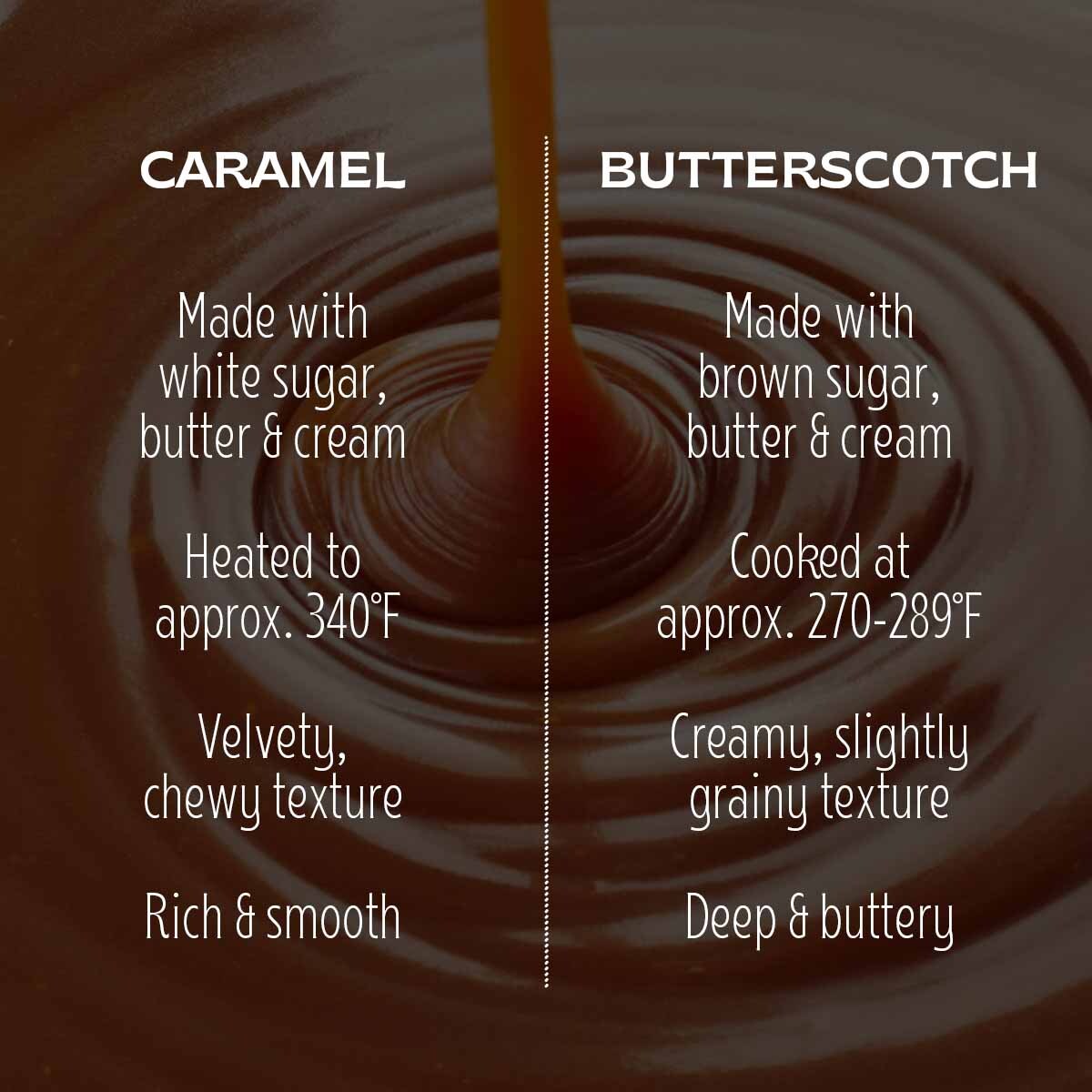
Caramel vs. Butterscotch
Caramel and butterscotch might seem pretty similar but trust us—they’re not the same. Caramel is made by cooking white sugar until it turns that beautiful golden color, while butterscotch uses brown sugar, which gives it a deeper, molasses-like richness and a buttery finish.
Both are excellent in baking and make great ice cream toppings, but butterscotch shines in cookies, cakes, and classic candies. Caramel, though, has a more complex flavor, which is why it’s perfect for richer, more decadent desserts that need a sweet-but-not-overwhelming balance.
Caramel vs. Toffee
Both caramel and toffee share the same basic ingredients (sugar and butter) but the way they’re cooked creates very different textures and flavors.
Toffee has a brittle, crunchy texture and a deeper, nuttier flavor. Caramel, on the other hand, when cooked at a lower temperature, gets a softer, chewier consistency. That’s the kind that melts in your mouth. When heated to a higher temperature, you get a beautiful, deep caramelization that you see used in sauces and candies.
While toffee is perfect for crunchy candies and toppings, caramel’s smooth texture makes it ideal for a wide range of indulgent desserts, from ice cream to cakes and beyond.
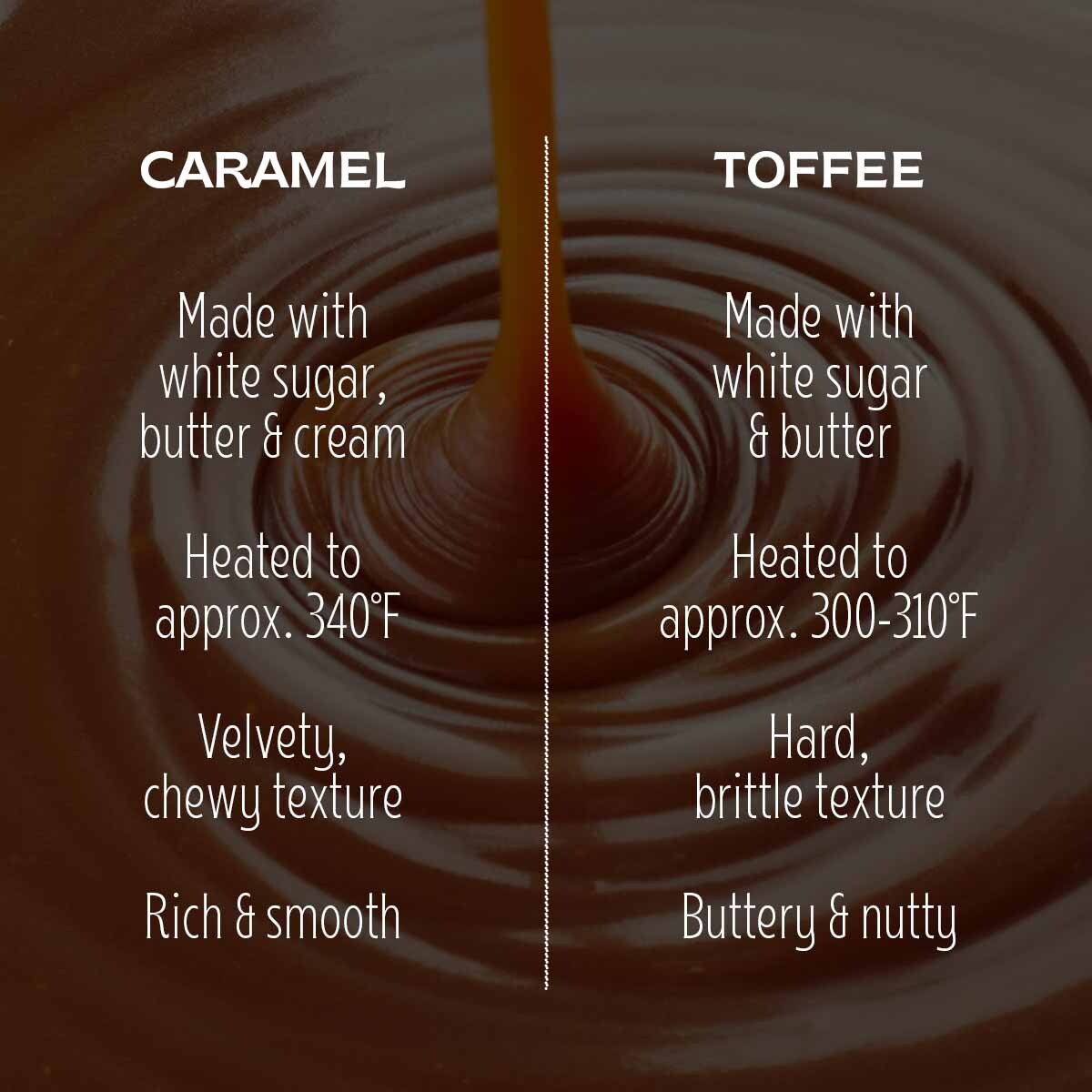
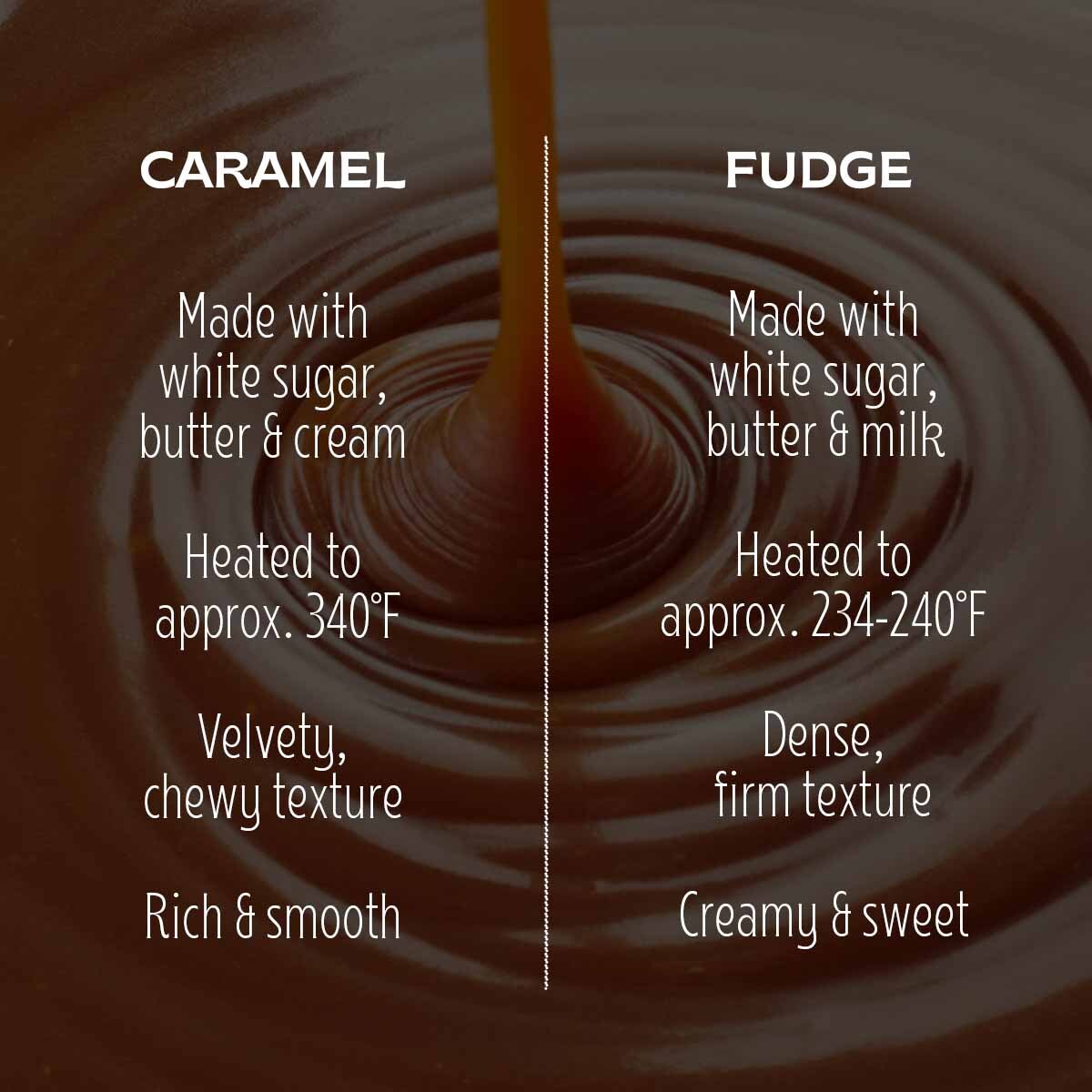
Caramel vs. Fudge
When it comes to caramel vs fudge, the main difference is in the ingredients and the cooking method. Caramel is made by heating sugar (often with butter and cream) to a relatively high temperature, creating a smooth, pourable texture. Fudge, on the other hand, is made by cooking sugar, butter, and milk (or cream) at a lower temperature to create a dense, creamy consistency.
In terms of texture and flavor, fudge is rich, smooth, and creamy, while caramel has a buttery, slightly smoky richness and a softer, more fluid texture.
Fudge can be enjoyed on its own or used in baked goods like brownies or layered cakes. You can also savor its flavor with our Double Chocolate Ice Cream bar, featuring a silky chocolate fudge sauce.
New Ways to Enjoy Caramel
Caramel’s true brilliance lies in its versatility. The classic caramel and chocolate pairing is timeless, but you can get creative with flavors—think caramel with espresso, fresh fruit, or even a dash of sea salt.
Caramel also takes center stage in so many desserts, from flans to brownies to cheesecakes. But let’s be honest, ice cream is where caramel really shines. Whether in decadent pairings or enjoyed on its own, caramel transforms ice cream and frozen treats into something extraordinary. With National Caramel Day coming up, it’s the perfect excuse to treat yourself to something sweet.
Also read: Celebrate National Caramel Day the Magnum Way
The Sweet Verdict
When it comes to indulgence, nothing quite compares to caramel. While other sweets like butterscotch, toffee, and fudge have their place, caramel’s rich flavor, smooth texture, and endless versatility make it the ultimate treat. So, whether it’s a classic or a creative twist, go ahead—treat yourself to a little caramel luxury.
FAQs
What is the main difference between caramel and butterscotch?
Caramel is made by heating white sugar until it melts and browns, creating a rich, deep flavor. Butterscotch, on the other hand, is crafted by combining brown sugar and butter, giving it a distinctively sweet and buttery taste. Both are delicious, but their unique profiles offer different experiences for your palate.
Is toffee just hardened caramel?
Not quite. While both caramel and toffee involve heating sugar, toffee has a harder, more brittle texture. Caramel remains softer and more pliable.
Why does caramel have a rich, deep flavor compared to other sweets?
Caramel’s rich flavor comes from the process of caramelization, where sugar is heated until it breaks down and transforms. This process creates complex, nutty, and slightly bitter notes that make caramel stand out among other sweets. It’s this depth of flavor that makes caramel a perfect match for our velvety vanilla ice cream and Belgian chocolate.
What makes caramel an ideal pairing for ice cream?
Caramel’s luxurious, buttery sweetness and its ability to remain soft and gooey make it an ideal companion for ice cream. The contrast between the ice cream and the velvety, rich caramel creates a symphony of textures and flavors that’s simply irresistible.
Can caramel be used in both soft and crunchy desserts?
Absolutely. Caramel is incredibly versatile and can be used in a variety of desserts, from soft, gooey sauces to crunchy, brittle toppings. If you’re looking for a decadent caramel dessert recipe that will impress your guests, try our Caramel Corn Ice Cream Bar recipe.
PRODUCTS
Select Your Indulgence
Next Stories
- slide 1
- slide 2
- slide 3
- slide 4
- slide 5
- slide 6
PRODUCTS
